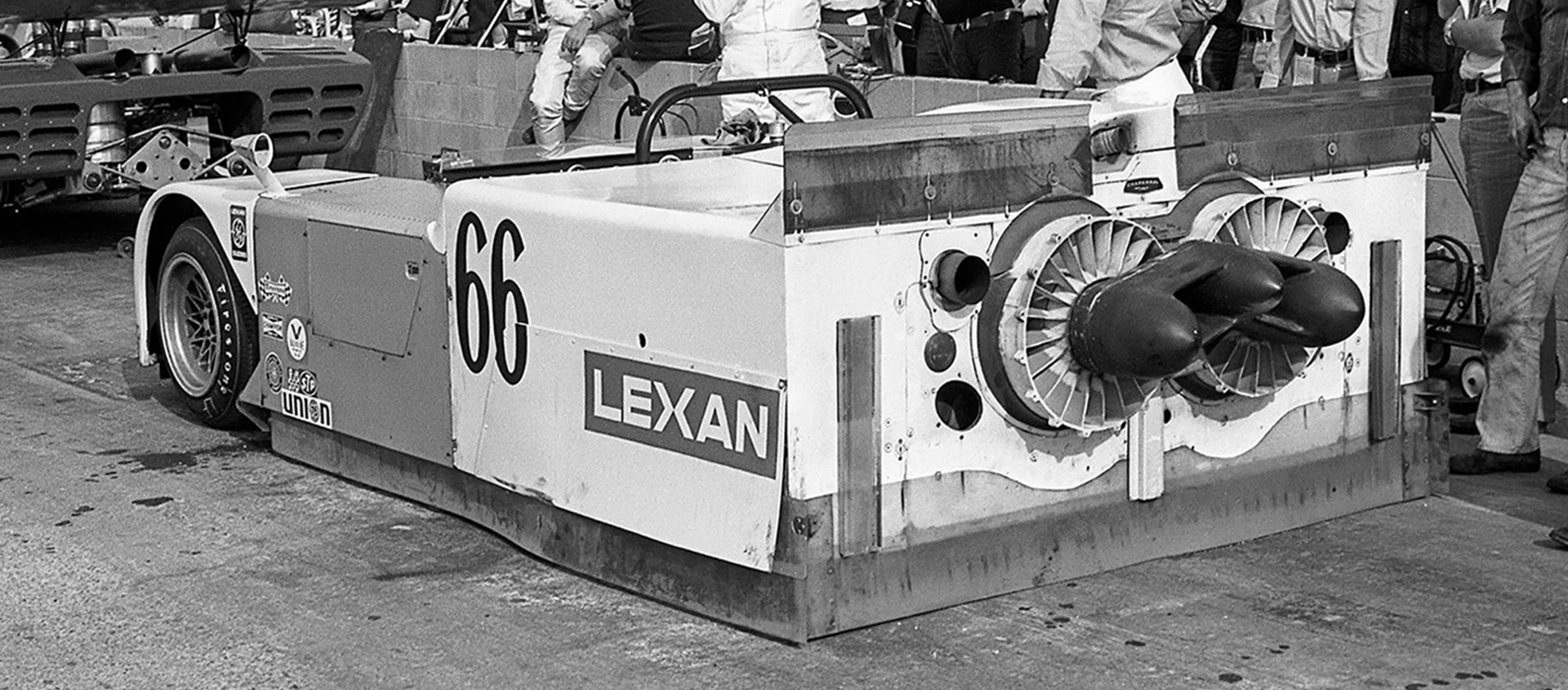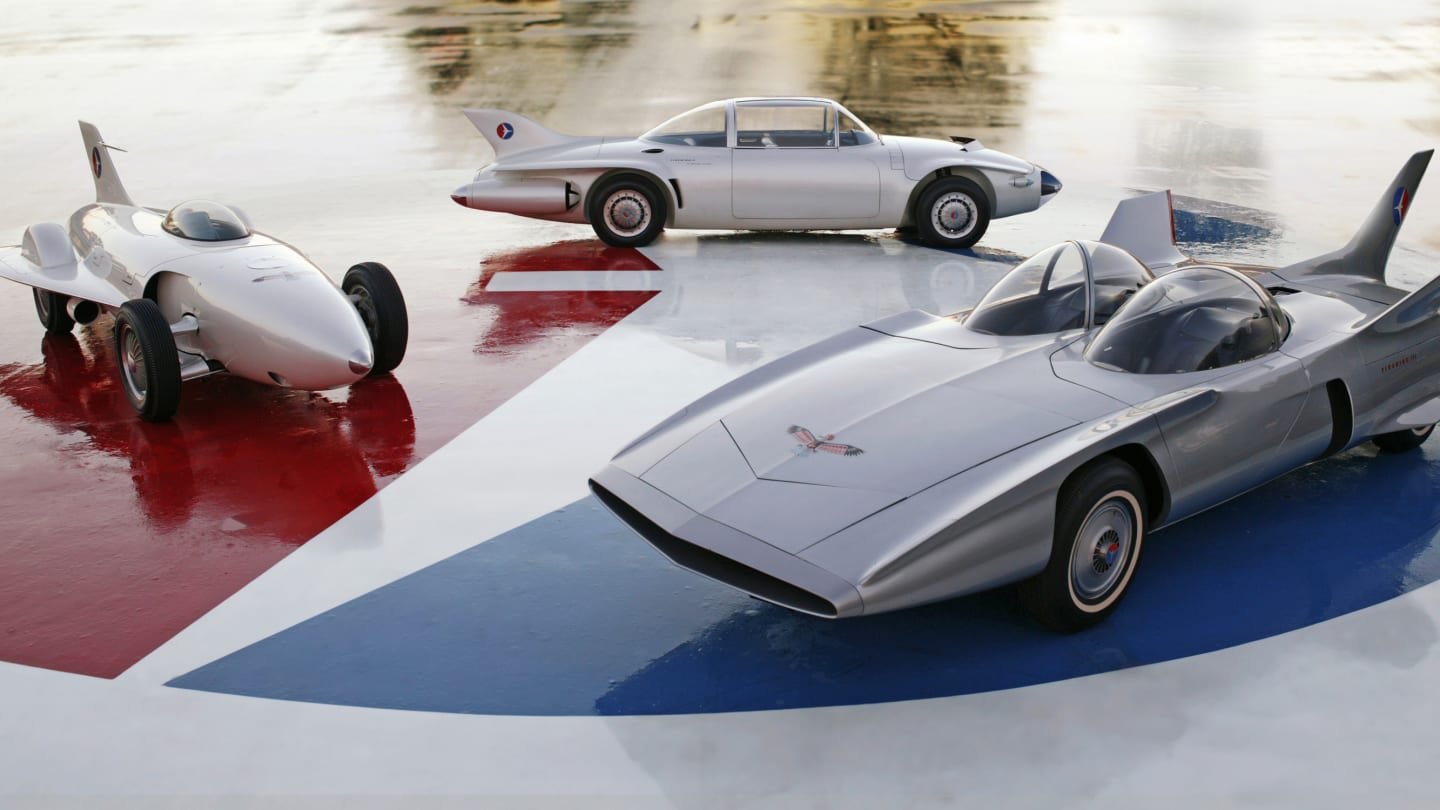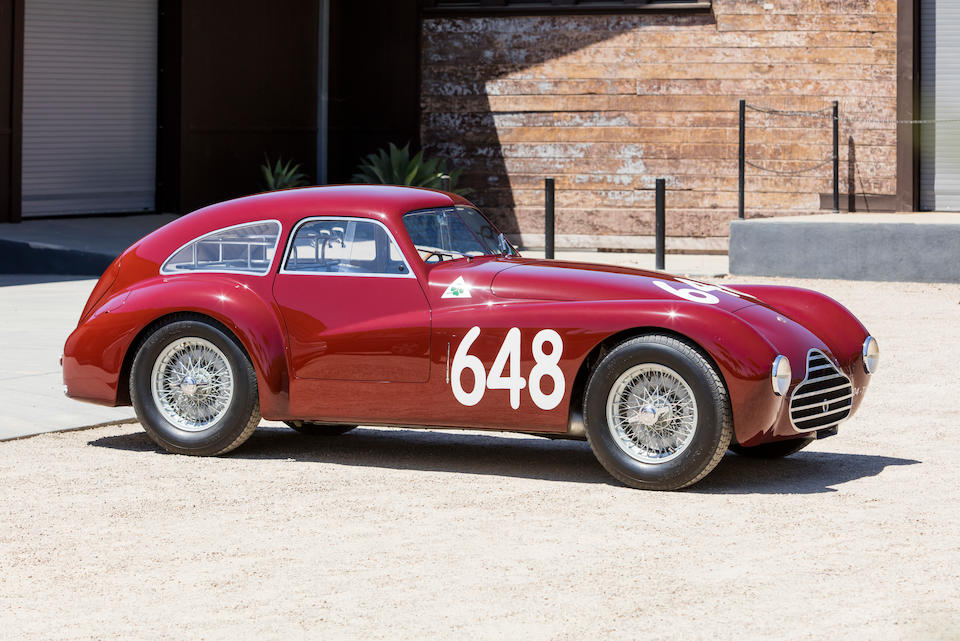“Fan car”? Try again Gordon.
04 June 2020 2 min read 5 images

The beginning of the 1970s was a milestone in the history of the automobile: finally, they had grasped the effectiveness of the use of downforce, that is, the crushing of the car towards the ground to ensure traction and road holding. The first studies were carried out at General Motors where they discovered that by channelling air beneath the car the flow caused downforce that increased in proportion to the amount of air that can be released from the rear of the car. The discovery was made why trying to correct the road handling defects of the Chevrolet Corvair that had been heavily criticised for its poor safety record. The engineers of the experimental group were in contact with Hap Sharp and Jim Hall who built the Chaparral racing cars that used Chevrolet engines. And these two were the initiators of the great revolution that introduced ground effect and the in-car adjustable rear wing into the competitive world of motor racing, an anticipation of the current DRS system.
Register to unlock this article
Signing up is free and gives you access to hundreds of articles and additional benefits. See what’s included in your free membership. See what's included in your free membership.
Already have an account? Log In

